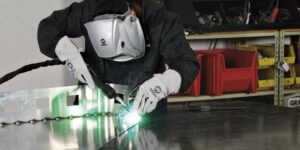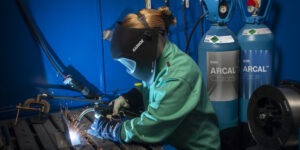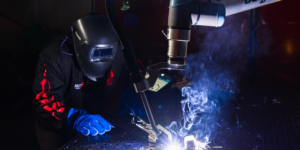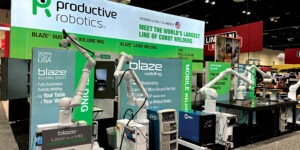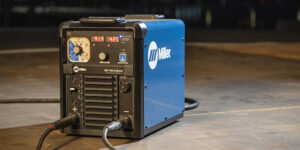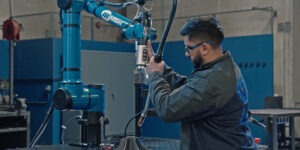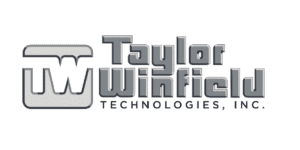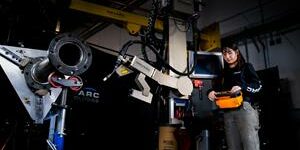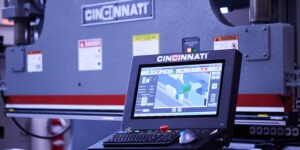Resistance Welders
Used for a wide range of automotive, aerospace and industrial applications, resistance welders join metals by applying pressure and passing current through the metal area being joined for a specified length of time. This is extremely cost effective because no other materials are needed to create the bond. Spot, seam, projection, flash and upset welding are separate resistance welding processes that use different types and shapes of weld electrodes to apply the pressure and conduct the current. The electrodes are cooled by water flowing through them and the other conductive tooling of the resistance welding machine.
Understanding the Many Types of MIG Guns
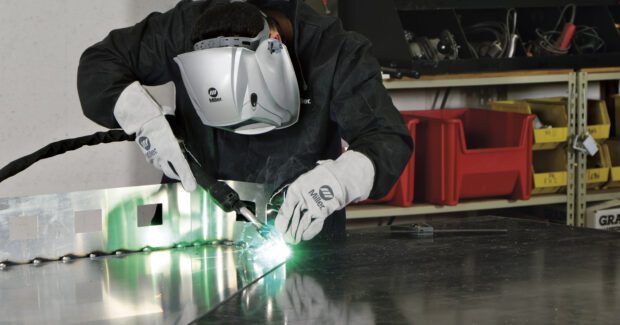
There are a variety of guns to select from regarding the MIG welding process. Learn all about the different types and customizations.
There are a variety of guns to select from regarding the MIG welding process. Learn all about the different types and customizations.
Advancements in weld quality and ease of use improve the productivity of wire feeders, filler metals and electrodes.
Airgas enables your fabrication operation to “fill your potential.”
Automation, cobots and robots facilitate resilience and provide numerous competitive advantages to the metalworking industry.
Cutting-edge real time visioning systems and advancements in cobot welding ensure precision, reproducibility, and controlled and reliable production.
Simplify tasks and reduce equipment needs with a compact, lightweight machine that does it all.
Latest advancements of the Miller Copilot Collaborative Welding System optimize the weld path for higher quality welds with touch sensing and seam tracking for a more intuitive user experience.
Taylor-Winfield Leverages Resistance Welding with Automation.








